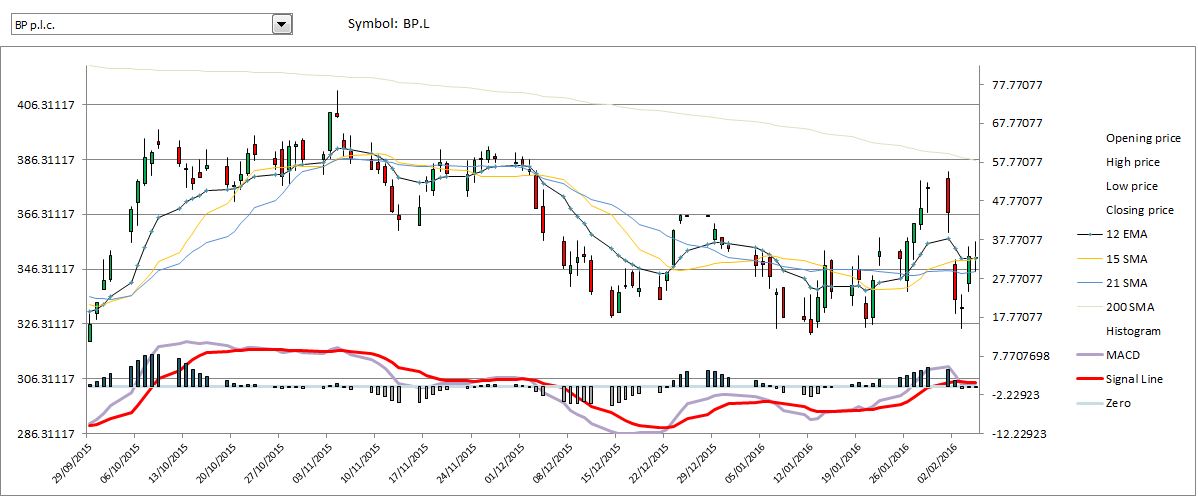

Prices the prior four days were lower and this causes the moving average to lag.Įxponential moving averages (EMAs) reduce the lag by applying more weight to recent prices. For example, the moving average for day one equals 13 and the last price is 15. Also, notice that each moving average value is just below the last price. Notice that the moving average also rises from 13 to 15 over a three-day calculation period. In the example above, prices gradually increase from 11 to 17 over a total of seven days. The third day of the moving average continues by dropping the first data point (12) and adding the new data point (17). The second day of the moving average drops the first data point (11) and adds the new data point (16). The first day of the moving average simply covers the last five days.

The example below shows a 5-day moving average evolving over three days.ĭaily Closing Prices: 11,12,13,14,15,16,17įirst day of 5-day SMA: (11 + 12 + 13 + 14 + 15) / 5 = 13 Old data is dropped as new data becomes available, causing the average to move along the time scale. As its name implies, a moving average is an average that moves. Most moving averages are based on closing prices for example, a 5-day simple moving average is the five-day sum of closing prices divided by five. A simple moving average is formed by computing the average price of a security over a specific number of periods.


 0 kommentar(er)
0 kommentar(er)
